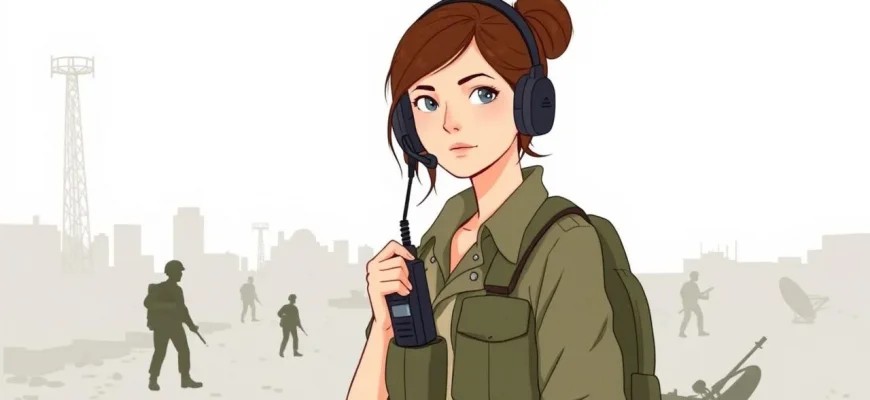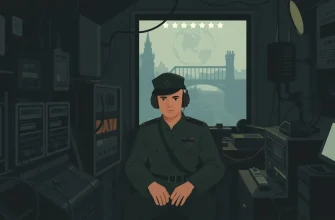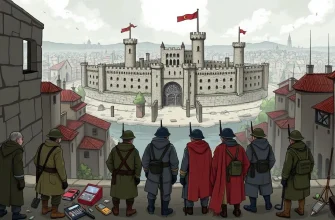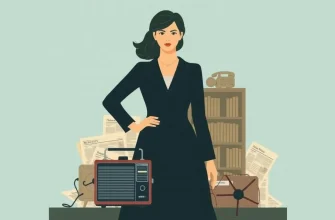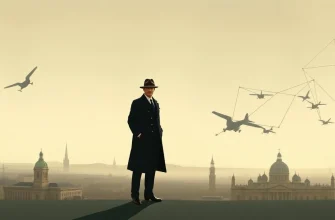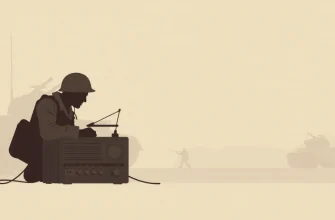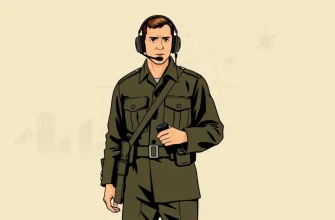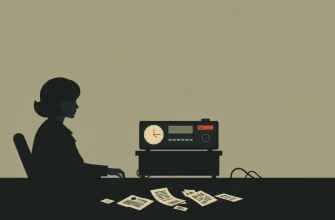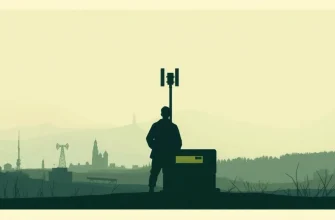In the chaos of war, communication is often the key to survival and victory. These films delve into the lives of those who keep the lines open, showcasing the bravery and ingenuity of field communicators. From World War II to modern conflicts, these stories highlight the critical role of communication in military strategy and the human stories behind the headsets.
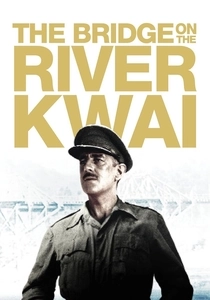
The Bridge on the River Kwai (1957)
Description: This classic war film shows the construction of a railway bridge by POWs, where communication between the prisoners and their captors, as well as among the prisoners themselves, plays a crucial role in the plot.
Fact: The film was shot on location in Sri Lanka, which was then Ceylon. It won seven Academy Awards, including Best Picture.
 Watch Now
Watch Now 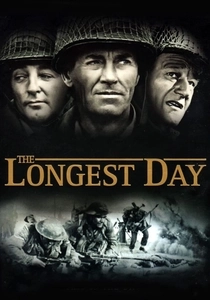
The Longest Day (1962)
Description: This epic war film captures the D-Day invasion from multiple perspectives, including the crucial role of communication in coordinating the massive operation. It shows how field communicators were pivotal in ensuring the success of the landings.
Fact: The film was shot in black and white to match the newsreel footage of the time. It also featured an international cast, including John Wayne, Henry Fonda, and Sean Connery.
 Watch Now
Watch Now 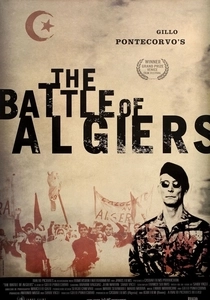
The Battle of Algiers (1966)
Description: Although not directly about field communication, this film shows the importance of intelligence and communication in urban guerrilla warfare during the Algerian War.
Fact: The film was banned in France for five years due to its controversial depiction of the conflict. It's often used in military academies to study urban warfare tactics.
 Watch Now
Watch Now 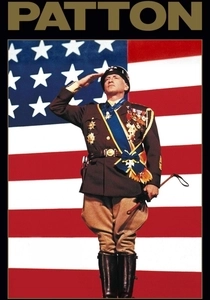
Patton (1970)
Description: While centered on General Patton, the film includes scenes where communication is key, especially in the planning and execution of military strategies, highlighting the role of field communicators.
Fact: George C. Scott won an Oscar for his portrayal of Patton but famously refused to accept it, citing his disdain for the competitive nature of awards.
 Watch Now
Watch Now 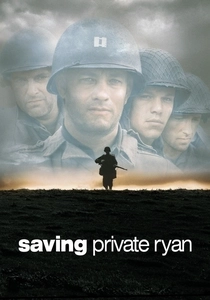
Saving Private Ryan (1998)
Description: While primarily known for its intense battle scenes, the film also highlights the importance of communication, especially in the mission to find Private Ryan, where radio operators play a key role in navigating the chaos of war.
Fact: The film's opening sequence was so realistic that it caused some veterans to suffer from PTSD flashbacks. It also won five Academy Awards, including Best Director for Steven Spielberg.
 Watch Now
Watch Now 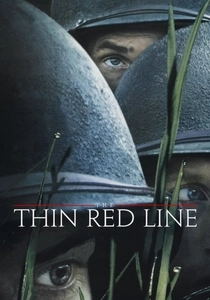
The Thin Red Line (1998)
Description: This film explores the Guadalcanal campaign during WWII, where communication plays a significant role in the coordination of troops and the psychological impact of war on soldiers.
Fact: The film features a large ensemble cast, including many actors who took pay cuts to be part of the project. It was also noted for its philosophical and poetic approach to war.
 Watch Now
Watch Now 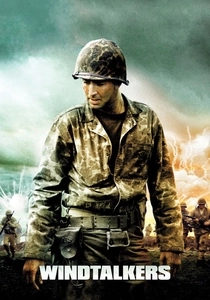
Windtalkers (2002)
Description: This film focuses on the Navajo code talkers during WWII, whose unique language was used for secure communication, showcasing the importance of code in military operations.
Fact: The film was criticized for its portrayal of the Navajo code talkers, but it brought attention to their previously unsung contributions to the war effort.
 Watch Now
Watch Now 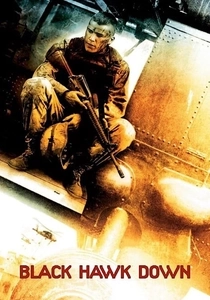
Black Hawk Down (2001)
Description: The film details the Battle of Mogadishu, where communication breakdowns and the need for effective field communication are central themes, showing how critical it is for soldiers to stay connected in urban warfare.
Fact: The film was based on a book by Mark Bowden, who was also a consultant on the film. It was shot in Morocco, which doubled for Somalia.
 Watch Now
Watch Now 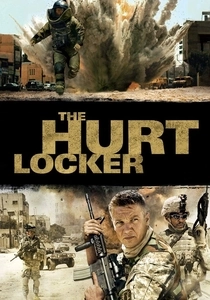
The Hurt Locker (2008)
Description: This film focuses on an Explosive Ordnance Disposal team in Iraq, where communication is vital for their survival. The film showcases the tension and importance of clear communication in life-or-death situations.
Fact: Kathryn Bigelow became the first woman to win the Best Director Oscar for this film. The film was shot in Jordan, standing in for Iraq.
 Watch Now
Watch Now 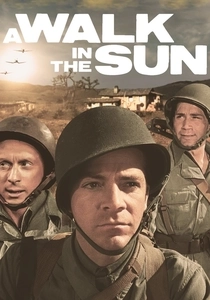
A Walk in the Sun (1945)
Description: This lesser-known WWII film focuses on a platoon's mission to capture a farmhouse, where communication is vital for coordinating movements and avoiding friendly fire.
Fact: The film was one of the first to depict the everyday soldier's experience in a realistic manner, focusing on the camaraderie and the mundane aspects of war.
 Watch Now
Watch Now 
